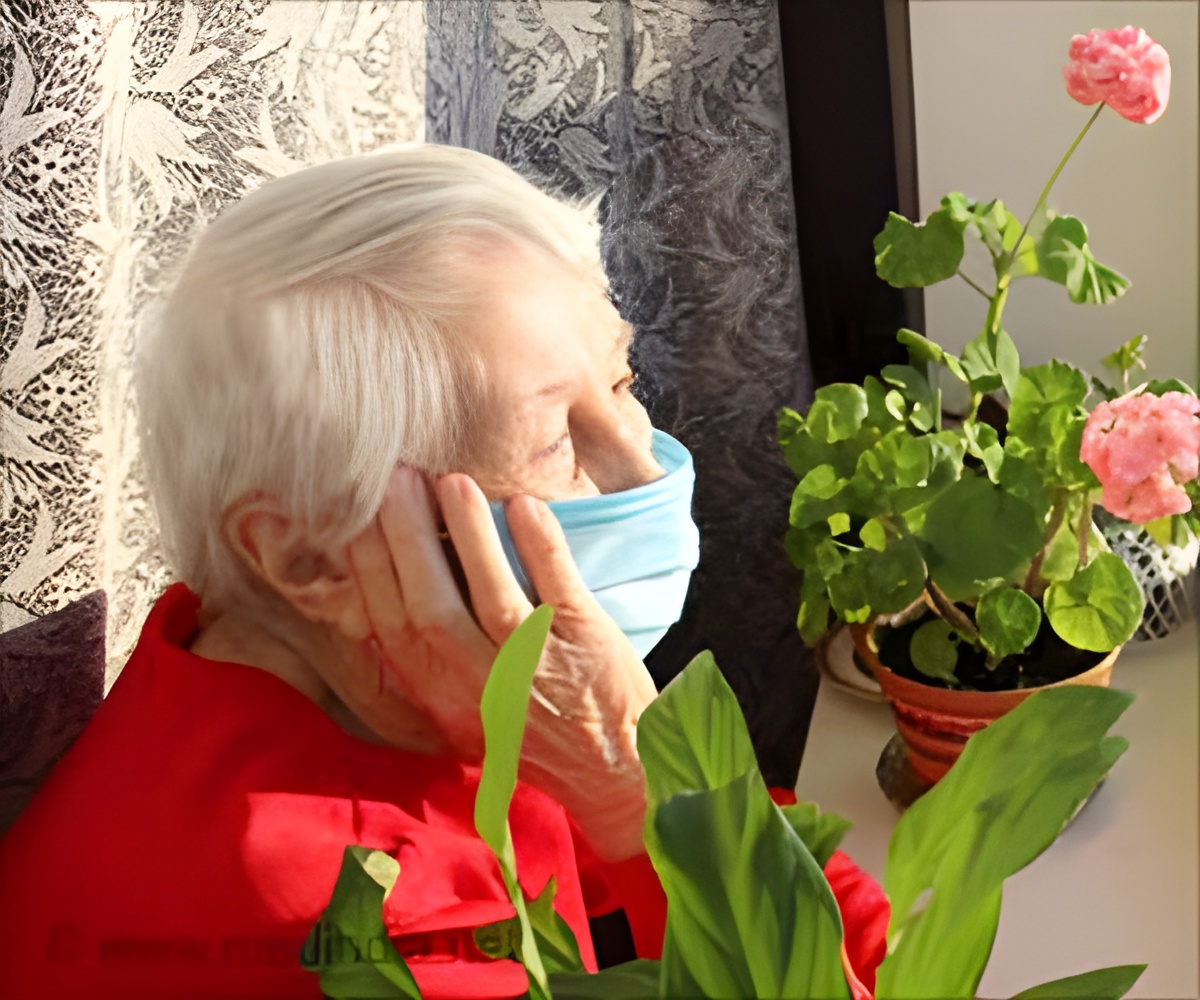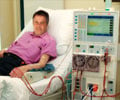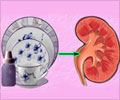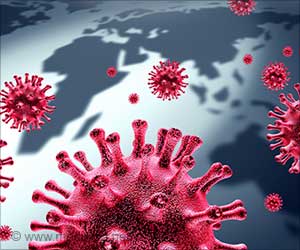Researchers investigated an outbreak of COVID-19 in a 200-bed Maryland nursing home with an independently operated, on-site hemodialysis center to analyze the risk of contracting COVID-19.

‘To prevent COVID-19 outbreaks, nursing homes and dialysis centers need to maintain clear and constant communication to improve infection prevention practices throughout the process of transporting residents to dialysis and during the dialysis itself.’
Read More..




For their study, the researchers investigated an outbreak of COVID-19 that occurred in April 2020 in a 200-bed Maryland nursing home with an independently operated, on-site hemodialysis center. Of the 170 residents at the facility, 32 received dialysis treatment between April 16 and April 30.Read More..
By the end of the study period, testing for exposure to SARS-CoV-2 was conducted on all but three of the residents (they refused and were counted as negative).
The researchers reported that 15 of the 32 residents (47%) on dialysis tested positive while only 22 of the other 138 residents (16%) did.
"Based on our results, we believe that nursing home residents undergoing dialysis are more likely than others in a facility to have repeated and prolonged exposures to the SARS-CoV-2 virus, and therefore may be at greater risk of infection and subsequent COVID-19," says Benjamin Bigelow, a fourth-year medical student at the Johns Hopkins University School of Medicine and the study's lead author.
"Our study suggests that to prevent COVID-19 outbreaks, nursing homes and dialysis centers need to maintain clear and constant communication to improve infection prevention practices throughout the process of transporting residents to dialysis and during the dialysis itself," says Morgan Katz, M.D., M.H.S., assistant professor of medicine at the Johns Hopkins University School of Medicine and senior author of the study.
Advertisement
"Identifying cases early, along with aggressive infection prevention and control, are the keys to protecting those in nursing homes with chronic kidney disease and who are most at risk during the pandemic," she adds.
Advertisement
Source-Eurekalert












